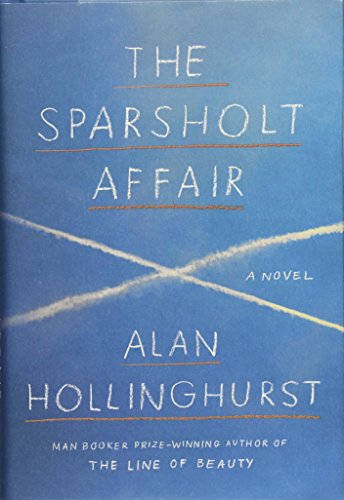The Sparsholt Affair
Art rushes in where society fears to tread. In the 1940s, a group of young men watch from the windows of their Oxford College as a handsome newcomer, soon to be an RAF Pilot, exercises in his room. From this moment on, 17-year-old David Sparsholt becomes the object of their desire and continues to loom large in their existences, particularly since decades later, he is tried for homosexual offenses.
As the reader discovers, the earlier episode, which could have come from the pages of Brideshead Revisited, stems from the memoir of Freddie Green, one of the young men present on that day, who explains how a nude drawing of David by Peter Coyle, a London Slade School of Art student, later came into being. At the conclusion of the novel, the art hangs in the London home of David’s son, Johnny, who takes comfort in the work of art after his father dies.
Vita brevis, ars longa? The novel offers no simple consolations, while it describes in luscious language seven decades in the lives of a group of gay, upper-class men from World War II England to the present. As the narrative nears completion, Johnny, who is painting his daughter, attempts not only to come to terms with the loss of his parent, but also to make sense of his legacy, the ‘Sparsholt Affair,’ which is forever retold in print and on the Internet—reducing David’s personality and accomplishments to scandal and intrigue. Against this reductionism, Johnny sets his art, the portrait of his daughter, her features recalling her grandfather, who dared not show his face when he was painted by his lover in World War II.










